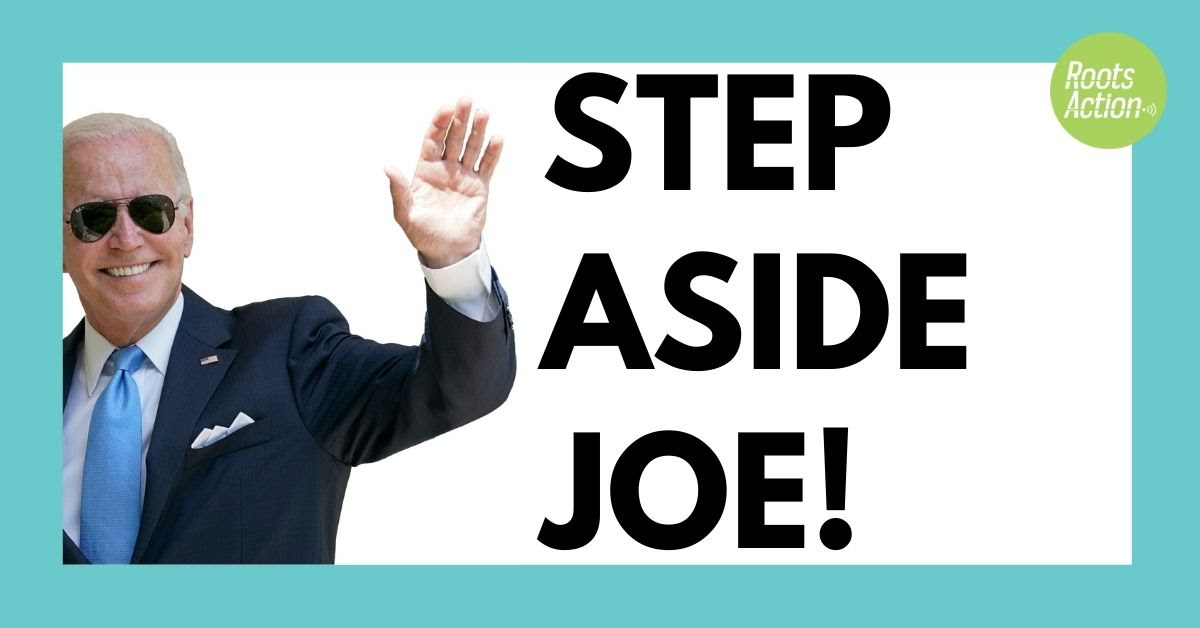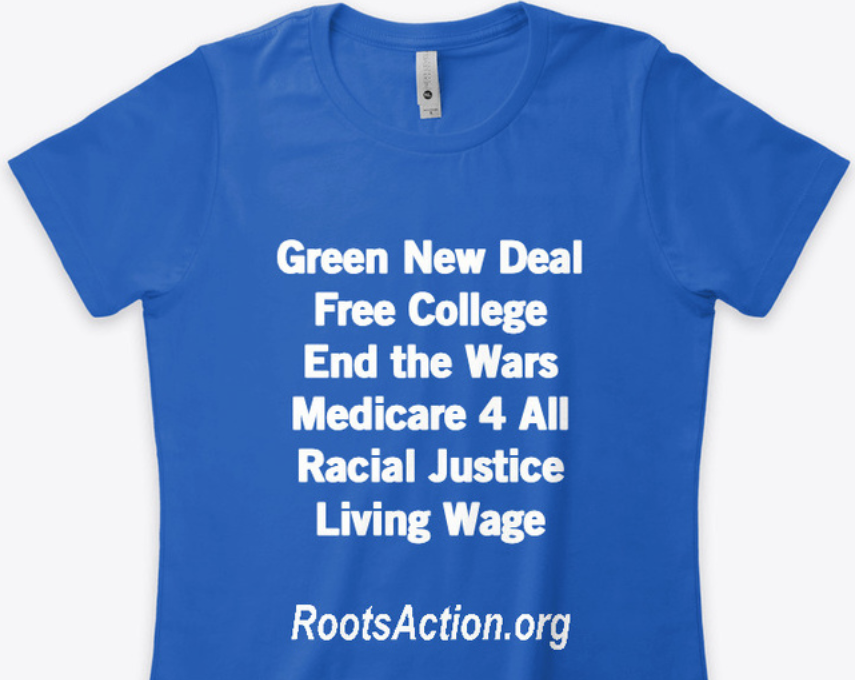Young workers face pay discrimination in 34 states and DC.
In 2023, the issue of child labor re-emerged as a national crisis. Federal data on the rise of child labor violations and numerous investigative reports of widespread illegal youth employment garnered sustained media attention, sparking outrage from the public and lawmakers alike. At the same time, EPI has documented an ongoing, coordinated effort to roll back existing child labor protections that is gaining momentum in states across the country. Legislative proposals to weaken child labor protections—some of which have already been enacted—allow employers to hire teens for more dangerous jobs or extend the hours young people can work on school nights.
What has received far less attention is the long-standing system of pay discrimination against young workers under federal and state laws. These laws allow employers to pay youth less than adults in the same jobs and, in many cases, exclude young workers from the minimum wage protections that cover most adult workers.
In states across the country, advocates and lawmakers are working to eliminate subminimum wages for low-wage tipped or disabled workers. Amid increased child labor violations and a growing movement to roll back protections for working youth, lawmakers should also work to eliminate youth subminimum wages. Age-based pay discrimination is unfair and harms workers of all ages.
The gaps in the Fair Labor Standards Act (FLSA): Which workers are excluded?
The Fair Labor Standards Act of 1938 (FLSA) is the New Deal-era landmark law that established many basic worker rights—the minimum wage, the right to overtime pay for work in excess of 40 hours per week, and safeguards against oppressive child labor. The FLSA applies to all businesses involved in interstate commerce or conducting $500,000 in business annually, as well as health care facilities, schools, and government agencies. Most employers are covered by the FLSA’s labor standards.
However, workers in many occupations remain excluded from the Fair Labor Standard Act’s protections. Workers in agriculture and domestic work were originally excluded from the law’s protections, a legacy of racism and sexism toward Black workers, workers of color, and women who historically and presently have been occupationally segregated into these industries. Tipped workers in service industries like restaurants, bars, and salons—who are disproportionately women and people of color—were also initially excluded from the FLSA’s protections.
Since the 1966 amendments, tipped workers receive basic labor protections but legally can still be paid subminimum wages by their employers. By law, employers must ensure that tipped workers earn enough per hour from customer-provided tips to make up the difference between the tipped wage and the regular minimum wage though this requirement is often ignored since it is difficult to enforce. Domestic workers, who are primarily women of color, did not receive FLSA coverage until 1974.
Farmworkers, who are primarily immigrants and workers of color, remain excluded from the FLSA’s overtime provisions (many are also excluded from minimum wage protections), and the FLSA’s child labor provisions in agriculture remain much weaker than those governing non-agricultural employment. The FLSA also continues to exempt many other workers including incarcerated workers and independent contractors (from all FLSA protections) and disabled workers (from minimum wage protections under Section 14C).
Amid a growing bipartisan recognition that paying workers subminimum wages based on their disability status is discriminatory and unjust, 14 states have eliminated subminimum wages for disabled workers in recent years. Meanwhile, eight states and the District of Columbia have eliminated the subminimum wage for workers who receive tips. Yet, the implications of allowing employers to pay young workers subminimum wages—often for performing the same work as adults—have, so far, remained largely unexamined.
Age-based discrimination in federal minimum wage law
Throughout the 19th and early 20th century, child labor was widespread and unregulated. While the children of wealthy industrialists learned to read and write, their parents profited from the labor of poor children in their employ. These children toiled for long hours in dangerous conditions for negligible wages. Unsurprisingly, employers generally opposed government regulation of child labor, and state-level progress on child labor proved challenging.
As a result, reformers pursued federal regulation, first achieving fleeting progress through the 1916 Keating-Owen Act, and finally securing the passage of the Fair Labor Standards Act in 1938. Though the FLSA enshrined protections against excessive and hazardous child labor into federal law, it also established subminimum wages for youth, students, and occupations often held by youth.
Under the Fair Labor Standards Act (FLSA):
- Youth under 20 can be paid as little as $4.25 per hour for their first 90 calendar days of employment (Federal training wage, also known as the “Youth opportunity wage,” 29 U.S.C. §206(g))
- Full-time students can be paid 85% of minimum wage when employed in retail or service establishments, agriculture, and institutes of higher education (§ 519)1
- Messengers, learners (including student-learners) and apprentices of any age can be paid 75% of minimum wage, subject to approval and issuance of a certificate from the Wage and Hour Division (§ 520.506)2
- Specific occupations typically held by young workers are exempt from minimum wage law. These occupations include:
- Babysitters who work fewer than 20 hours per week (§ 552.104)
- Workers at seasonal amusement or recreational establishments and organized camps (§ 213(a)(3))
- Newspaper delivery workers (also exempt from child labor law, § 570.124)
As shown, the FLSA discriminates against young workers based on their age, student status, or occupation (or some combination of these factors). The Fair Labor Standards Act also excludes from minimum wage protections several occupations often held by youth. Yet, in the low-wage sectors where youth are typically employed (largely leisure, hospitality, wholesale, and retail), young workers are performing the same work as adults, with some exceptions based on federal child labor protections from excessive or hazardous work. In cases where a young person is being trained to perform a new job, the federal minimum wage is designed to provide a time-limited floor that employers can exceed.
Modern youth subminimum wages are a persistent relic of employers’ past and present interest in children as pool of exploitable, low-wage workers.
Which states have weaker or stronger protections for young workers?
Though the FLSA permits youth subminimum wages and exempts some youth occupations from FLSA protections, states can set standards that exceed (but do not fall below) the FLSA. Whichever standard is stronger prevails. For example, because Congress has failed for over a decade to increase the FLSA-established federal $7.25 minimum wage, 30 states and the District of Columbia have adopted higher minimum wages.
On January 1, workers in 22 states saw new increases to the minimum wage. Yet, in some of these states and many others across the country, employers can pay youth below these rates. Thirty-four states and the District of Columbia have provisions in laws that permit employers to pay minors less than adults in the same roles based on age, student status, or occupation, or exempt young workers entirely from state minimum wage protections.
Some states mirror federal law, but most have weaker protections for young workers
Nine states already exceed FLSA standards. Twelve states and Puerto Rico mirror the youth exemptions and youth subminimum wages that exist under federal law. However, it is more common for states to have weaker protections for young workers than under the FLSA. These states have more exemptions for youth workers than under federal law or allow youth to be paid a smaller share of the minimum wage than allowed by federal law. 3 (See Figure A).
While many states have improved upon federal standards in some areas—by limiting or eliminating exemptions and reduced wages—many of these states maintain standards that are weaker than the FLSA in other areas. Figure A shows how each state compares with the FLSA on minimum wages for youth.
READ THE REST AT Economic Policy Institute.










